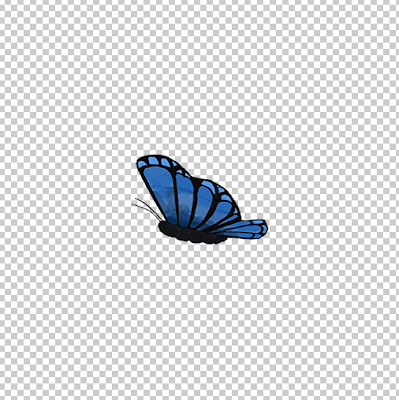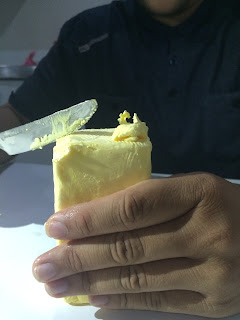After a meeting with the group, we assigned different environmental assets for each of us to do. I was assigned:
- Burnt Flowers
- Bees
- Butterflies
- Smoke
- Lily pads
I explored different references before I began concepting, as I don't know how to draw burnt things! I also wanted to keep what I was drawing accurate to how it looks in real life.
The other references were for style, that I wanted to try and implement into the concepts.
FINAL CONCEPTS
After going through the concepts, I selected a butterfly design and a burnt log, as I wanted to create assets for the contrasting environment the character goes through.
For the butterfly, I had the idea of a flock of butterflies that could fly in the background of the game. I began to draw out the flock, and think how the butterflies could fly among each other, however, thinking of multiple things to have animated began to confuse me. I struggled and fussed over how each butterfly should travel in comparison to each other, and so I decided that instead of having a bunch of butterflies with a very simple design, I should create one that we can duplicate to our liking. ENDLESS BUTTERFLIES.
For the final concepts, I tried different colour schemes for the butterfly, and in the end I settled on blue tones. I felt that the blue hues had a more mystical or magical feel, that was suited to our game.
When it came to drawing the log, I really needed reference. I wasn't sure how to approach colouring it, let alone knowing how it was going to be animated. At first, the final concept was going to have a crispy burnt leaf, that would rattle from side to side. However, after seeing the concepts that the group had produced, I decided to make a change. Tea had made it so that the burnt bushes had glowing embers as animation. I felt that for unity in the environment, that I would change it so that the log also had glowing embers, to show that the surroundings had recently been burnt. FIREEEEEEEEEEEE!
I liked the result of this much more than that crispy leaf.

















































